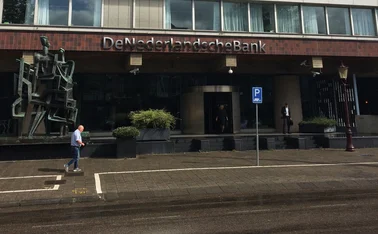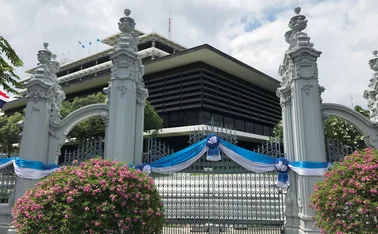
Minutes highlight scale of BoE’s Covid-19 redeployment
Some staff were overwhelmed with work while others had little to do

Minutes of the Bank of England’s April board meeting shed new light on the massive programme of staff redeployment the central bank was forced to implement as the Covid-19 epidemic broke out in the UK.
Almost all of the bank’s 4,500 staff were forced to work from home, despite the need to keep critical financial infrastructure running and launch several crisis-fighting facilities, some of which had never previously been tried.
Remote technology “held up well”, say the minutes, which were
Only users who have a paid subscription or are part of a corporate subscription are able to print or copy content.
To access these options, along with all other subscription benefits, please contact info@centralbanking.com or view our subscription options here: subscriptions.centralbanking.com/subscribe
You are currently unable to print this content. Please contact info@centralbanking.com to find out more.
You are currently unable to copy this content. Please contact info@centralbanking.com to find out more.
Copyright Infopro Digital Limited. All rights reserved.
As outlined in our terms and conditions, https://www.infopro-digital.com/terms-and-conditions/subscriptions/ (point 2.4), printing is limited to a single copy.
If you would like to purchase additional rights please email info@centralbanking.com test test test
Copyright Infopro Digital Limited. All rights reserved.
You may share this content using our article tools. As outlined in our terms and conditions, https://www.infopro-digital.com/terms-and-conditions/subscriptions/ (clause 2.4), an Authorised User may only make one copy of the materials for their own personal use. You must also comply with the restrictions in clause 2.5.
If you would like to purchase additional rights please email info@centralbanking.com test test test







